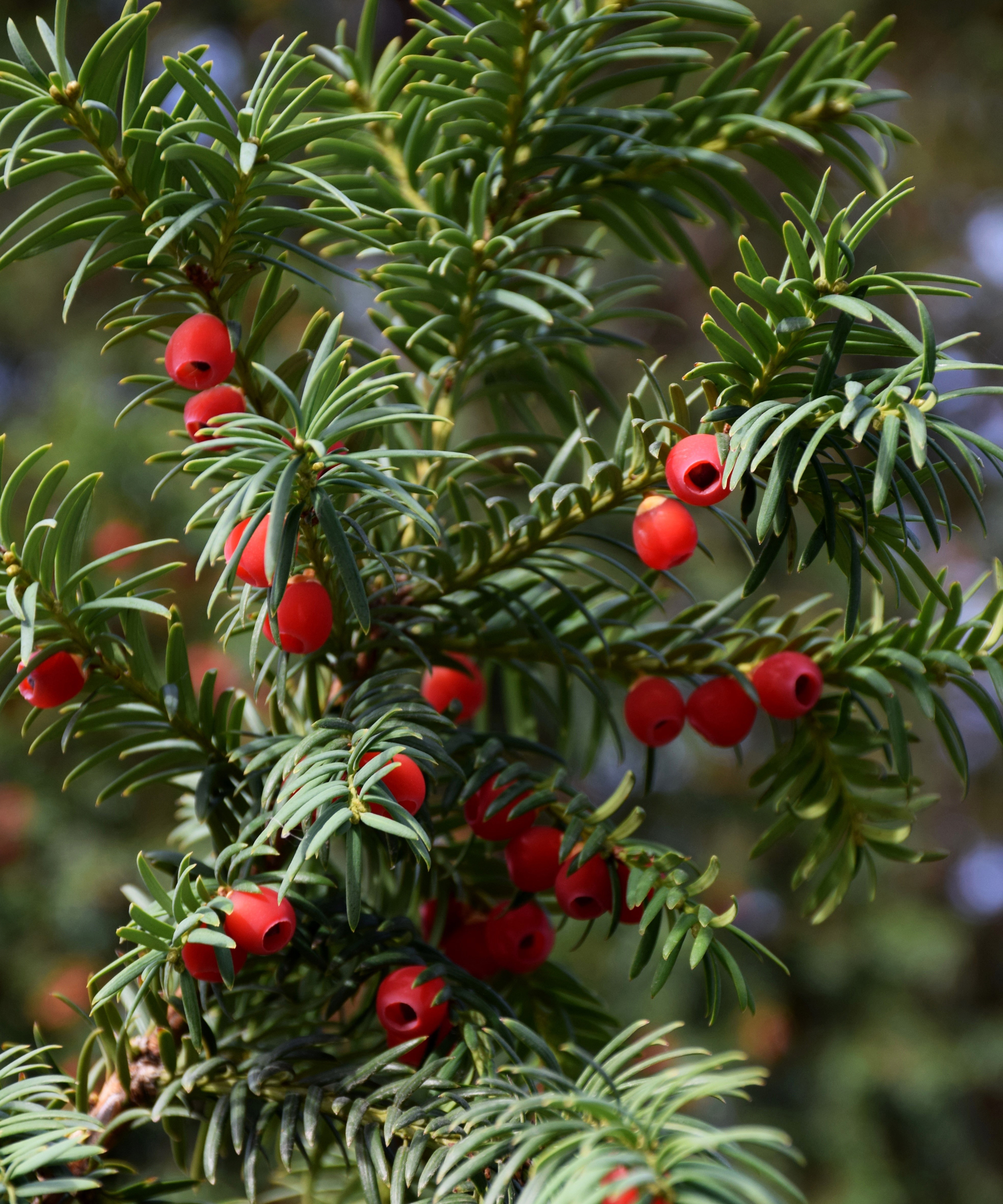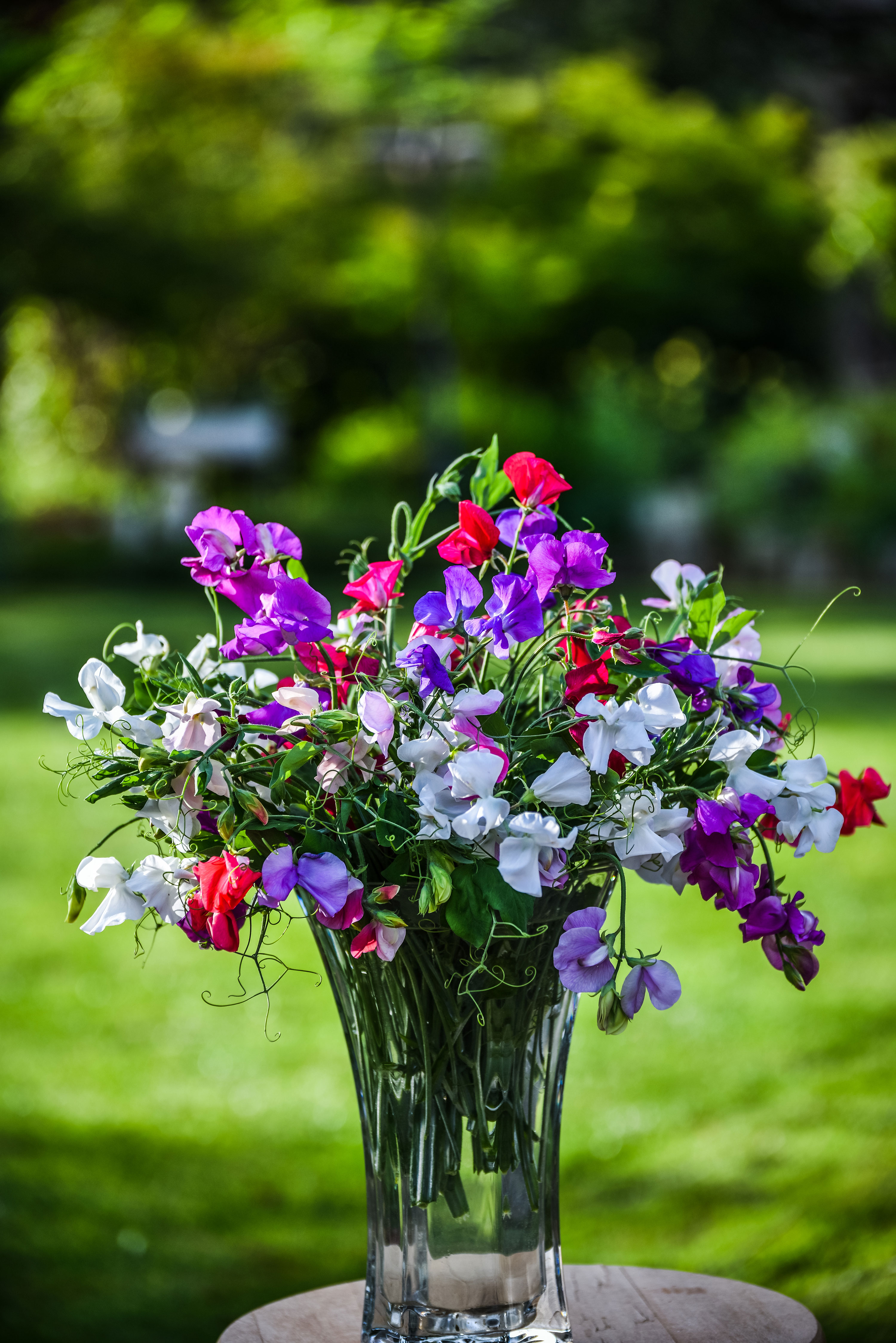Gardening expert David Domoney shares his top tips for creating a hay fever friendly garden
It's hay fever season – but there are tweaks you can make to your garden to alleviate your symptoms, says the gardening expert

Peak summer is, for many, peak hay fever season, which can be so severe as to put off some gardeners from being outside at all. If this is you, then David Domoney's top tips for making your garden more allergy-friendly are a must. You can finally spend some time on realizing your garden design ideas, rather than avoiding the outdoors.
Full disclaimer: while these tips from David's blog will help alleviate hay fever allergy symptoms, they won't remove them completely. Pollen and other irritants move through air, which means that if a neighboring garden or a public park has a tree or flowers that trigger your allergies, your best bet is a trip to the doctor's for a prescription antihistamine.
1. Avoid planting wind pollinating trees

By far the biggest cause of hay fever are trees and shrubs pollinated by wind rather than insects, so common species such as oak, yew, poplars, and horse chestnut should be a big 'no' in your garden.
We really like David's solution: plant bee-pollinated shrubs instead. 'One rule to remember is that, generally, bee- and butterfly-friendly shrubs and perennials are better to allergy sufferers. This is because insect-pollinated flowers won’t give you as much grief as wind-pollinated ones. Plus, the bees and butterflies will benefit too!'
Explore the best bee-friendly plants in our guide.
2. You may have to reconsider the lawn

It's sad but true, but ditching the grass could help your streaming eyes this summer. 'To avoid a sniffly spring, it might be time to lose the lawn,' says David.
'Being wind-pollinated, all grasses are unfavorable for allergy sufferers. This might explain why your hay fever flairs up around spring when it’s lawn mowing season. Perhaps try keeping areas near the house grass-free and opt for a stoned or decked patio instead.' Given that patio ideas are all the rage right now, this will be a good excuse to update your garden design, too.
3. Be selective with your flower planting

This is perhaps the most difficult part for gardeners who love flowers, but many common favorites are unsuitable for allergy sufferers. 'Sweet smelling cultivars like Jasminum, and other strongly scented flowers, may be an irritant to you if you’re sensitive to pollen,' he says.
Sunflowers, dahlias, and chrysanthemums are also a no-go. However, there are plenty of alternatives that don't produce as much pollen (or hardly any). Instead David recommends:
- Sweet peas
- Begonias
- Pelargoniums
- Camellias
- Petunias
- Bougainvillea
Want to get some of these right now? Find out where to buy plants online in our guide.
Anna writes about interior design and gardening. Her work has appeared in Homes & Gardens, Livingetc, and many other publications. She is an experienced outdoor and indoor gardener and has a passion for growing roses and Japanese maples in her outside space.
